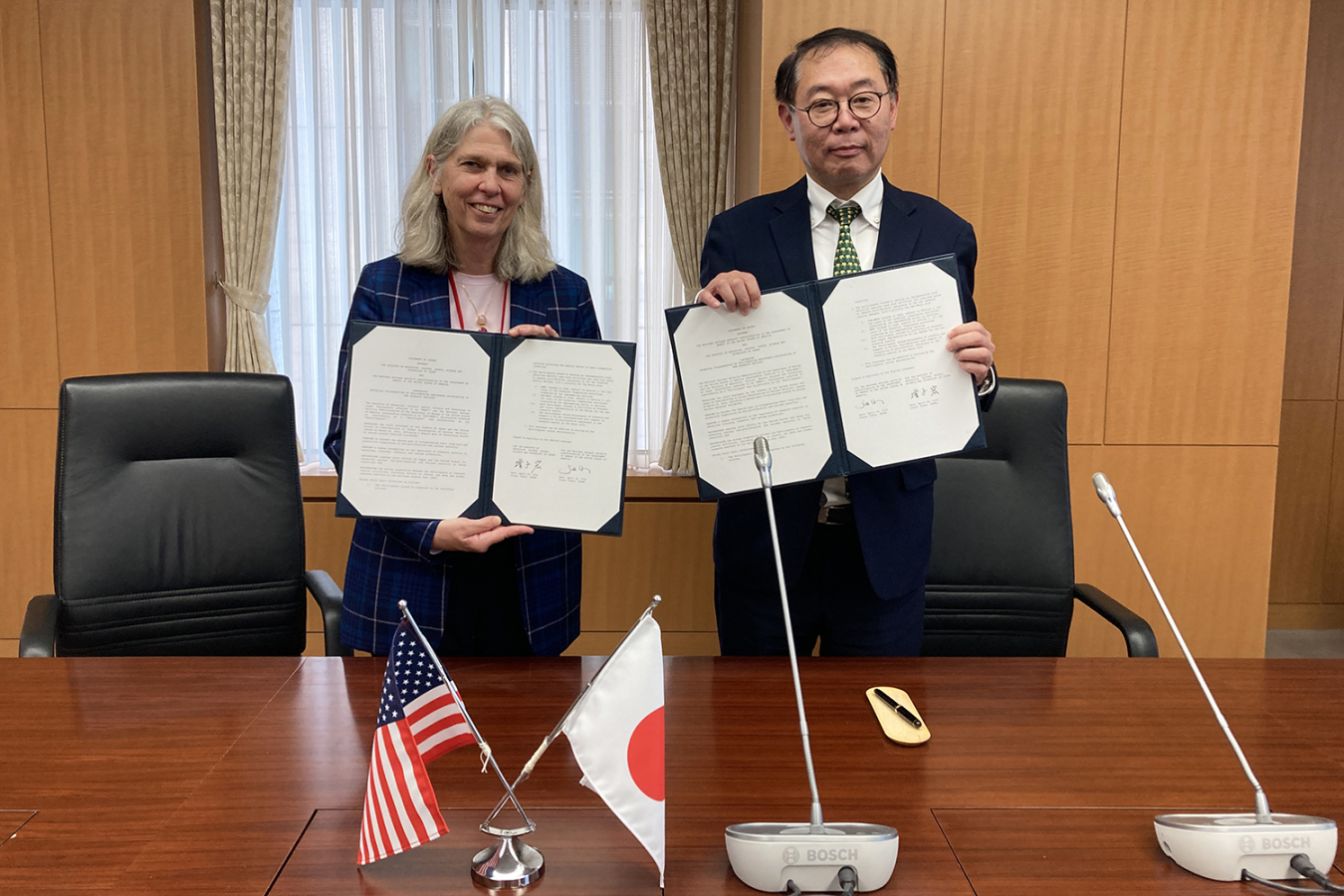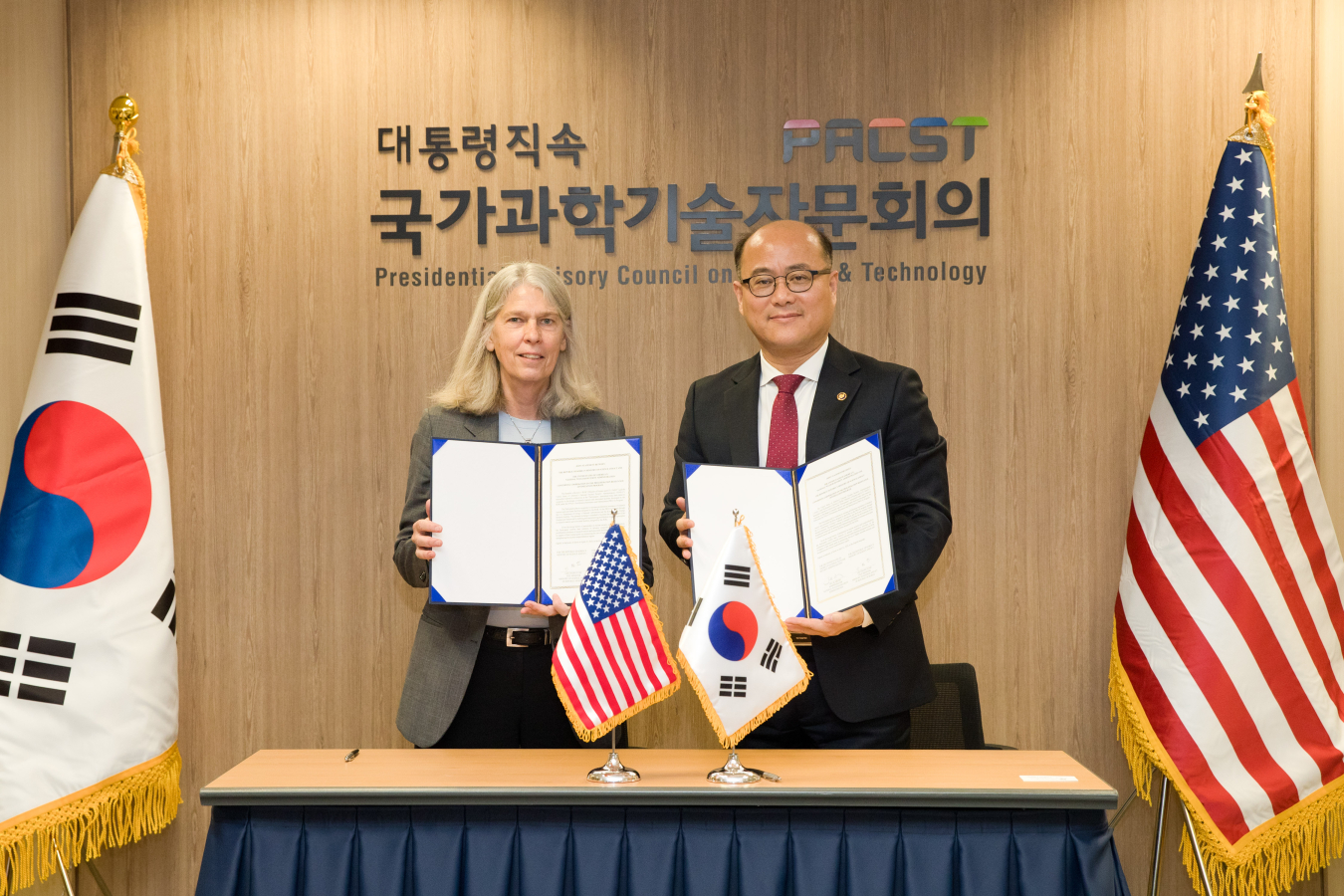NNSA has reached separate bilateral agreements with partners in Japan and the Republic of Korea to cooperate under the Proliferation Resistance Optimization (PRO-X) program. The respective agreements were signed during NNSA Administrator Jill Hruby’s trip to the region.
National Nuclear Security Administration
April 26, 2024

WASHINGTON – The U.S. Department of Energy’s National Nuclear Security Administration (NNSA) has reached separate bilateral agreements with partners in Japan and the Republic of Korea to cooperate under the Proliferation Resistance Optimization (PRO-X) program. The respective agreements were signed during NNSA Administrator Jill Hruby’s trip to the region.
Japan and Korea have each been fantastic partners to NNSA on nuclear security and nonproliferation issues. I’m very pleased that, through PRO-X, we can extend this cooperation to future reactors and reactor designs.
NNSA and the Japanese Ministry of Education, Culture, Sports, Science, and Technology (MEXT) will collaborate to increase the proliferation resistance of research reactors in emerging nuclear power countries including the Asian region. A Statement of Intent was signed by Administrator Hruby and the Deputy Minister of MEXT, Hiroshi Masuko, on April 25 in Tokyo. NNSA and MEXT will also proceed with efforts to incorporate proliferation resistance concepts in the design stage of the new research reactor at the Monju Site, which will be used for education, training, and research. The partnership between NNSA and MEXT follows decades of close cooperation between the two countries on nonproliferation and nuclear security activities, including the recent announcement by President Biden and Prime Minister Kishida highlighting the countries’ continued commitment to HEU minimization.
NNSA and the Republic of Korea’s Ministry of Science and Information and Communication Technology (MSIT) will collaborate to incorporate proliferation resistance concepts and optimize the design of the country’s export-oriented research reactor pilot. The Joint Statement was signed by Administrator Hruby and the Vice Minister of MSIT, Lee Chang Yune, on April 22 in Seoul. The United States and the Republic of Korea expect that this cooperation will contribute to the responsible design and deployment of new research reactors, adhering to the highest standards of nuclear nonproliferation by countries seeking to construct research reactor facilities.
“Japan and Korea have each been fantastic partners to NNSA on nuclear security and nonproliferation issues,” Administrator Hruby said. “I’m very pleased that, through PRO-X, we can extend this cooperation to future reactors and reactor designs.”
Leveraging over 40 years of experience converting research reactors from highly enriched uranium (HEU) to low-enriched uranium (LEU), NNSA’s PRO-X program works with research reactor facilities to prevent or minimize the production and/or extraction of weapon-usable material from their facilities while improving reactor performance.

